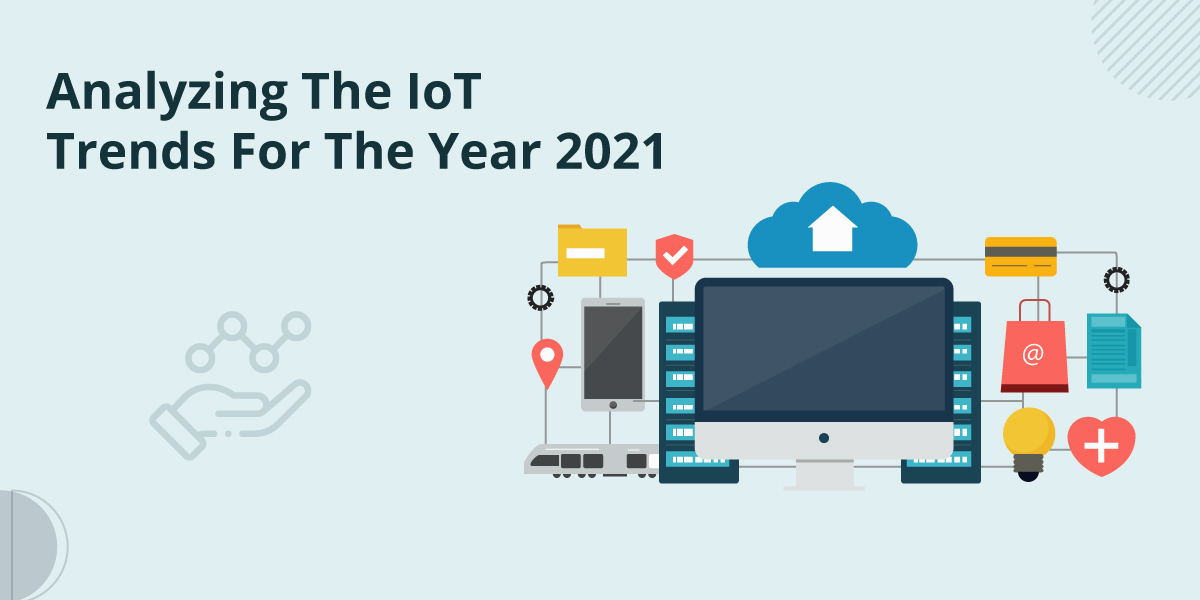What Is IoT Asset Tracking & Why Is It Important?

Every manufacturer faces difficulties. A bottleneck can present a challenge; missing tools can also present a challenge. IoT solutions have been developed over the years to assist manufacturers in overcoming their challenges, whatever they may be. When IoT asset tracking was first introduced, it caused manufacturers to be fearful and hesitant. However, increased investment in IoT technology appears to indicate that those concerns have subsided over time. What caused this shift from apprehension to assurance? Let’s dissect it.
Table of Contents
What Is an IoT Asset Tracking System?
IoT stands for the internet-based interconnection of related equipment, machinery, people, and objects. Data sharing and cutting-edge computing are required for intelligent analytics to extract useful information.
We are surrounded by the Internet of Things, and as users, we incorporate it into many facets of daily life. Do you wear a fitness watch that tracks your calories burned and heart rate? Have you ever used Google Maps to figure out the fastest route to a location? What about using your smartphone to manage the heating in your house? IoT uses cases include each of these.
The Internet of Things (IoT) uses a variety of sensors and chips that transmit data to the cloud using connectivity technologies like Bluetooth, WiFi, cellular networks, LPWAN, RFID, and satellite. Software then processes the data, and insights are then communicated to the end-user via an alert.
Automation and no human interaction are part of the Internet of Things. The process of tracking and managing physical assets as they move from one location to another is transformational for businesses, especially when it is used to support asset tracking.
However, it is the numerous connectivity options that boost the use of IoT devices for asset tracking. Using tags with features like barcodes, GPS, and RFID, IoT technology can help to simplify and increase the efficacy of tracking corporate assets.
The Evolution of IoT Asset Tracking
Prior to the availability of IoT technology, manufacturers tracked their assets using spreadsheets. Because asset tracking did not yet exist, spreadsheets were the best solution, even if their use was time-consuming and risked human error. When this method proved ineffective, innovators decided to automate asset tracking. Since then, asset tracking software has evolved and continues to do so.
The first wave of automation was represented by barcode scanners. Instead of manually writing down or typing in when a tool was signed in and out, the user only needed to scan the tool’s barcode. While this system did save time and money, subsequent technological advancements have revealed how outdated manual barcode scanners are.
Automated asset tracking systems completely eliminate the need for humans in the tracking process. An access point and gateway communicate in real time with tags attached to equipment and tools to determine their location. Employees are not required to keep records when using a tool; the location is automatically detected as it changes. And if they need to know where a tool is, they can simply look it up in the system to find its current location.
Key Advantages of IoT Asset Tracking
Utilizing hardware and the appropriate software tools can significantly improve asset tracking, a crucial business process. IoT is constantly developing and, when used for asset tracking, provides a number of advantages, including:
Tracking Assets in Real Time
using an asset tracking software tool to remotely and continuously monitor assets at any time of day or night.
Detailed Data Insights
You’ll know much more than just where your assets are when you use IoT. You can improve daily operations and make better strategic decisions thanks to insightful data insights.
Fewer Disruptions To The Supply Chain
Every step of the supply chain can be tracked to determine where assets are, and IoT data can be used to guarantee that goods arrive at their destination in the proper condition.
Improved time management and reduced mistakes
Asset tracking workflows are automated thanks to the IoT, saving countless hours of manual labor and lowering the possibility of mistakes.
Reduction of Losses and Theft
You can prevent unauthorized asset movement by using IoT devices and asset tracking software. IoT greatly facilitates recovery in the event of theft.
How Does IoT Asset Tracking Work?
Three essential elements are needed to track IoT assets: tracking devices, a connectivity method, and software that enables remote process management.
IoT devices must check several boxes in order to work effectively for asset tracking. They must be technologically advanced in order to collect useful analytics and small enough to be securely attached to physical assets. The device’s shape is also determined by the use case for which it is required.
IoT devices must also be able to track long distances (sometimes globally) and be cost-effective enough to justify investment. Power consumption is also an important consideration. More than a third of industrial asset tracking leaders and innovators require their devices to have a five-year battery life.
There are numerous types to choose from because many original equipment manufacturers (OEMs) now offer bespoke IoT solutions as well as off-the-shelf devices. Devices commonly used in conjunction with asset tracking software solutions include:
- CCTV systems
- Automatic lighting controls
- Smoke and monoxide detectors
- IT security solutions
- Bluetooth Low Energy transmitters
- GPS tracking tags
- Energy sensor trackers
- Smart locks
Three examples of using IoT for asset tracking
1. Healthcare Asset Tracking
Hospitals need to track valuable equipment like wheelchairs and x-ray machines. Using RFID tags and mobile readers, you can monitor their locations in real-time, ensuring patient care isn’t affected. This prevents time wasted by nurses searching for items.
2. Chilled Food Transportation:
For businesses moving perishable foods, IoT devices with sensors (temperature, humidity, and GPS) are crucial. They send data to tracking systems, ensuring proper conditions. If temperatures go wrong, trucks can be redirected, preventing delays and customer dissatisfaction.
3. Fire Safety
IoT-connected smoke detectors in facilities can be tracked using software. Real-time alerts via phone, email, or SMS are triggered during fires. Quick response saves lives, helps customers, and reduces insurance claims.
Bottomline
Asset management will require a unique strategy for each organization. Fortunately, IoT-based asset tracking platforms are adaptable and can accommodate a wide range of use cases.
Systems for automating asset management can simplify operations for any organization. They take care of time-consuming tasks so workers can concentrate on work that is more productive. Systems for asset management can increase worker accountability and optimize the use of equipment. The right implementation of these systems requires some planning, but businesses of all sizes will quickly reap the rewards.
Are you interested in finding out how to set up an asset tracking system at your business? Connect with a reputed IoT services provider today. The future is yours!






